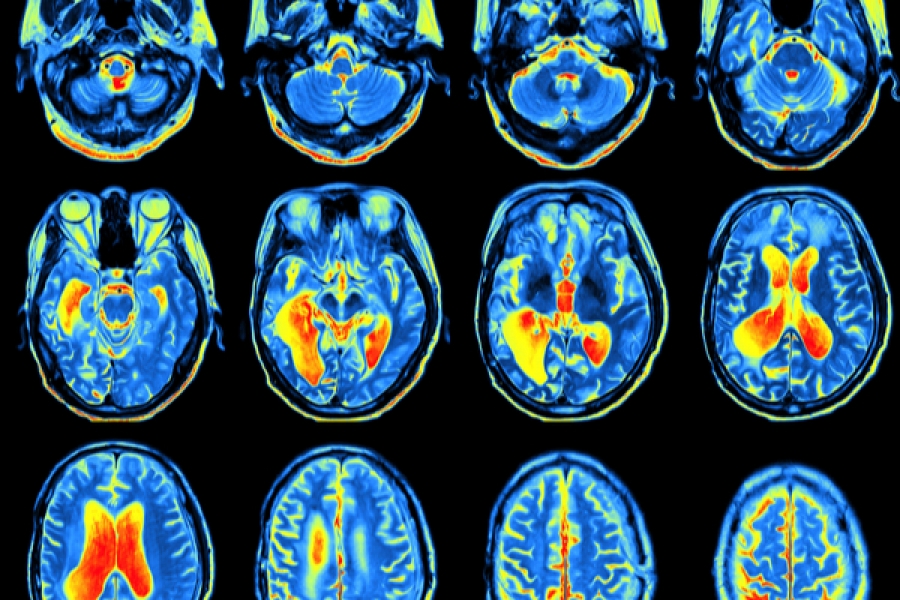It’s easy to get confused about the difference between neurofeedback and biofeedback. Some people may even think the terms can be used interchangeably. However, these two therapies are actually quite different from one another. Today we’ll do an in-depth comparison of neurofeedback vs biofeedback, so you can have a clear understanding of each treatment option.
What is biofeedback?
Biofeedback is a type of thought technology that’s used to make subtle changes to bodily functions such as heart rate, muscle tension, perspiration, breathing, blood pressure, and brainwaves.
By learning how to better control these functions, individuals can learn to improve various medical conditions, relieve chronic pain, reduce stress, and improve overall physical and mental performance (sometimes referred to as peak performance training).
During a biofeedback session, sensors are attached to your body to detect changes in things like pulse, muscle tone, skin temperature, and brainwave patterns, among other physiological functions. When changes occur, a sound or flashing light is triggered. Over time, biofeedback patients can learn to take conscious control of their body’s automatic functions.
What does biofeedback treat?
Biofeedback is used to treat a wide variety of physical and mental health disorders. These may include:
- Anxiety
- Asthma
- Chronic pain
- Constipation
- High blood pressure
- IBS
- Incontinence
- Raynaud’s disease
- Side effects associated with chemotherapy
What is neurofeedback?
Neurofeedback, on the other hand, is a type, or subset, of biofeedback that focuses solely on the brain. Neurofeedback is sometimes referred to as EEG biofeedback. Rather than measuring multiple bodily functions, neurofeedback only measures brainwave activity.
During a neurofeedback session, a patient is given real-time feedback about how their brain is functioning. Through reward-based training, also called operant learning, individuals learn how to better self-regulate their brain which leads to long term changes in their brainwaves.
What does neurofeedback treat?
Neurofeedback, like biofeedback, is also used to treat a wide range of symptoms and conditions, though the conditions often tend to be more neurological. Neurofeedback is most often used to treat:
- ADD and ADHD
- Anxiety
- Autism spectrum disorder
- Concussions and traumatic brain injuries
- Depression
- Migraines and headaches
- Mild memory loss
- PTSD
- Sleep-related disorders
- Trauma
Neurofeedback vs biofeedback
Now that you have some foundational knowledge about both neurofeedback and biofeedback, let’s compare the two further.
Simply put, biofeedback is used as an umbrella term for any type of feedback-based training. Neurofeedback, on the other hand, is a very specific subset of biofeedback.
We hope this guide has helped you gain a better understanding of neurofeedback vs biofeedback. By understanding the differences, you’ll be able to take control of your health and successfully seek the treatment you need to feel like yourself again.
What’s great about both neurofeedback and biofeedback is that both are virtually free of side-effects, unlike the prescription medications you may currently be taking. Neurofeedback and biofeedback are completely natural and drug-free treatment options that address the source of the problem, instead of just managing the symptoms.
Find neurofeedback or biofeedback treatment near you
If you think you could benefit from neurofeedback or biofeedback, reach out to us at Braincode Centers. We offer free consultations so we can fully understand the symptoms you’re experiencing and recommend the best-personalized treatment option for you.
Contact us today to get started.

